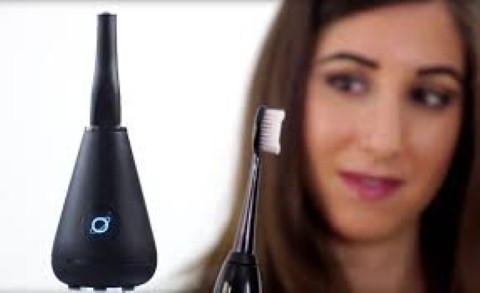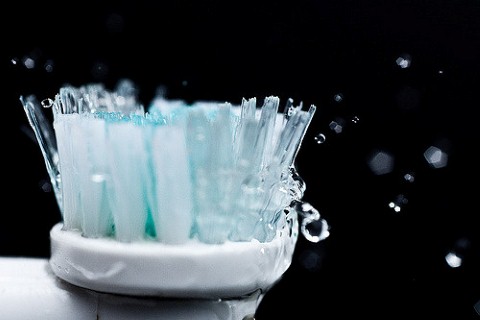 Manual toothbrushes can do an excellent job of cleaning teeth and preventing cavities and gum disease. Electric toothbrushes offer another option that makes dental hygiene easier and often more effective than manual methods. Consumers can choose from a number of different types of electric toothbrushes, each of which has its own advantages and disadvantages. A little research will help you to choose the right one for your needs.
Manual toothbrushes can do an excellent job of cleaning teeth and preventing cavities and gum disease. Electric toothbrushes offer another option that makes dental hygiene easier and often more effective than manual methods. Consumers can choose from a number of different types of electric toothbrushes, each of which has its own advantages and disadvantages. A little research will help you to choose the right one for your needs.
Electric Toothbrushes Come in Several Types
The number of choices of electric toothbrushes has expanded over recent years, with new types of toothbrush head movement and new methods of cleaning:
- Rotary – The brush heads are generally small in size and move in a circular pattern. Some types also reverse direction for better cleaning.
- Sonic – Sonic brush heads move in a side-to-side fashion that can effectively remove plaque from teeth.
- Ultrasonic – Ultrasonic toothbrushes use high-frequency vibrations to remove debris and plaque from the teeth.
- Ionic – An ionic toothbrushes works by ionic chemical forces to remove debris and film. It uses moisture with a special power source to create an electrical current that cleans teeth when the brush head is applied to teeth.
Rechargeable or Disposable
Consumers can also choose between disposable types of electric toothbrush and rechargeable. Disposable products cost between $4 to $15 and are generally easier to pack in suitcases to bring on trips. They can be discarded after several uses. Rechargeable toothbrushes cost considerably more, but they will last for years. You will have to replace the toothbrush heads periodically to ensure that the device provides optimum cleaning. Dentists recommend replacing the toothbrush heads every three months.
The Best Way To Use Electric Toothbrushes
 Electric toothbrushes can provide improved teeth cleaning, but they must be used as recommended in order to be effective. Because they are so easy, many people become careless in using them, which can counteract the effectiveness of these devices. The best practices for using electric toothbrushes include:
Electric toothbrushes can provide improved teeth cleaning, but they must be used as recommended in order to be effective. Because they are so easy, many people become careless in using them, which can counteract the effectiveness of these devices. The best practices for using electric toothbrushes include:
- The brush should be held at a 45-degree angle to the gum line.
- Move the brush in a circular fashion, reaching all tooth surfaces, both exterior and interior.
- Avoid using extreme pressure on the gum line, which can irritate the gums.
- Pay particular attention to the back teeth, where it can be difficult to reach. Use the upper bristles of the brush head to clean the furthest back teeth.
- Replace toothbrush heads when they show signs of wear, such as bending, softness or splaying.
Choosing An Electric Toothbrush
You should choose an electric toothbrush that is simple enough for you to use comfortably so that you will use it frequently. Cost may also be a consideration in your toothbrush choice. Some units are as little a $40, but others can be as much as $200 or more. Always choose a device that has toothbrush heads that will fit comfortably in the mouth, because overly large brushes can discourage good brushing habits.
Tooth brushing has evolved beyond a simple brush to clean food from the teeth. With today’s choices, you can find a device that makes dental hygiene easier and suits your own particular needs.

